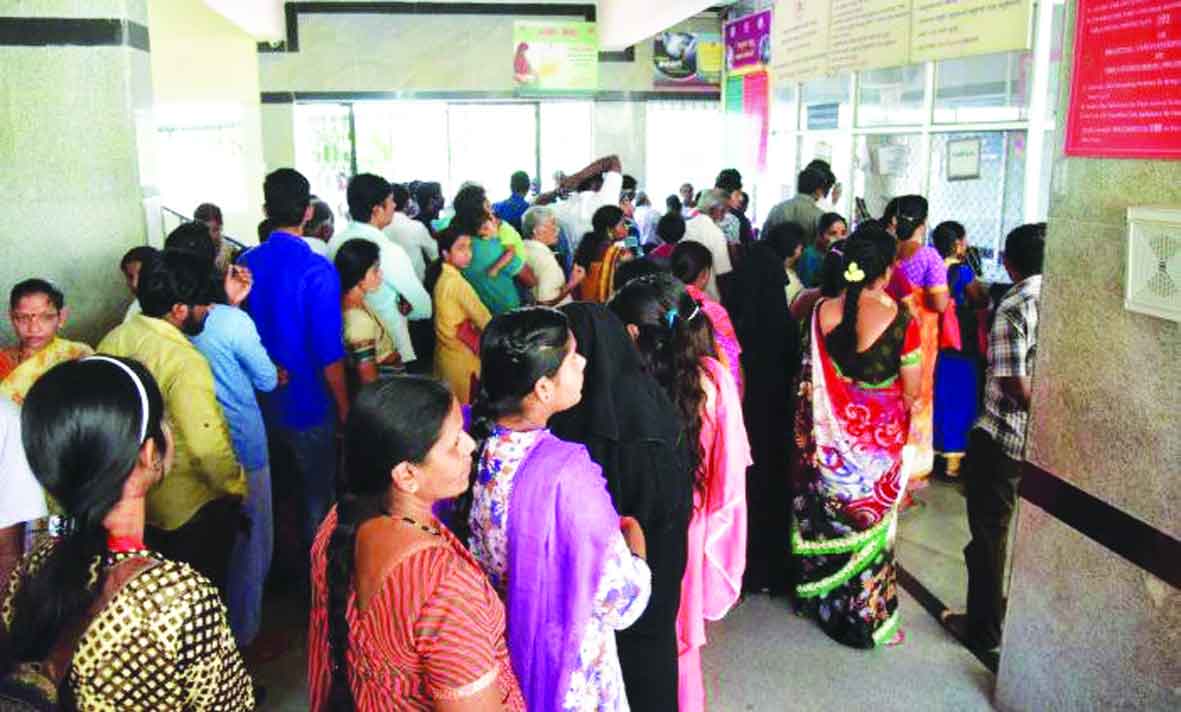Beset with problems, a new report confirms new challenges for Ayushman Bharat. India needs functional interventions
Viability and workability continue to jeopardise the full rollout of the Ayushman Bharat scheme — the Government’s flagship health protection cover for 11 crore lesser privileged families — by including private hospitals in the arc of public health delivery. Now a study has confirmed what was feared, that there is a 200 per cent difference between the charges of private and public hospitals despite the Government fixing slabs for various diseases and their treatment protocols. Private hospitals have always insisted that they cannot subsidise costs beyond certain limits simply because they cannot compromise on core quality standards. Several ground reports have also suggested how these hospitals, despite signing up as participants of the scheme, have been routinely turning away patients although they meet the criteria and codes set by the Government for availing treatment. This despite the rate revision and rationalisation of packages earlier this year to ensure private players a more level-playing field. But the social enterprise model is still some distance away for the health sector, where public hospitals continue to be the only lifeline for the poor and even referral hospitals like AIIMS find themselves stressed in attending to routine cases. The Indian Medical Association (IMA) has been consistently sounding a warning bell despite a major overhaul, where the Government introduced 239 more packages, taking the total bouquet to 1,395. But costs are still way above the cut-off mark, primarily because policy-makers, while consulting doctors and specialists, have not factored in the variety, scale and quality of infrastructure and devices associated with surgical procedures, the procurement and standard of which vary from hospital to hospital and cannot be quantified on a scale of preference. A private hospital, which has to have a higher benchmark than the lowest common denominator, to sell itself in the business, certainly cannot be expected to make drastic amends. According to a report by the Federation of Indian Chambers of Commerce and Industry, the current procedure costs prescribed by the Government are at times just half of what the private hospitals incur. The report compared the cost of select procedures with the reimbursement tariffs offered under Ayushman Bharat and found that private hospitals recovered only 40-80 per cent of the total cost, lower than variable costs, too. It further tabulated that with allocation of only 25 per cent of capacity to Ayushman Bharat recipients, speciality hospitals would see a 15-25 per cent dip in average revenue per bed per day. It is true that some hospitals are looking at improving capacity utilisation through empanelment but within their current financial module, the drop in profit margins and return on capital wouldn’t improve their bottomlines either. Since almost half the hospitals empanelled in the programme are private, the programme can run aground if their argument on reimbursements is not taken into account. Besides, the Government has also blacklisted more than 90 hospitals across India who were empanelled under the scheme for various kinds of frauds and corruption.
The IMA has also demonstrated how an insurance-based model, of the kind envisaged by Ayushman Bharat, had failed to deliver worldwide. Any universal healthcare should look beyond insurance and by extension a responsive mechanism veered just around the illness, and think of prevention instead. Of course, it was to navigate the undermining exclusions of health insurance that Ayushman Bharat had simultaneously prioritised a pan-India network of health and wellness centres for robust primary care and an integrated delivery of services. The Government aims to develop 150,000 such facilities by 2023 but this is yet to take off and not enough to make a difference. Besides, low awareness of the scheme in lesser developed States has meant that the benefits have percolated disproportionately: A State like Tamil Nadu has done much better than Bihar, the latter further handicapped by a lack of decent health infrastructure in towns. Though touted as a universal scheme, there’s a differential treatment in States. Sure, Modicare may require a long gestation period to manifest benefits. But we cannot rely on it solely without upgrading the total health infrastructure.


























